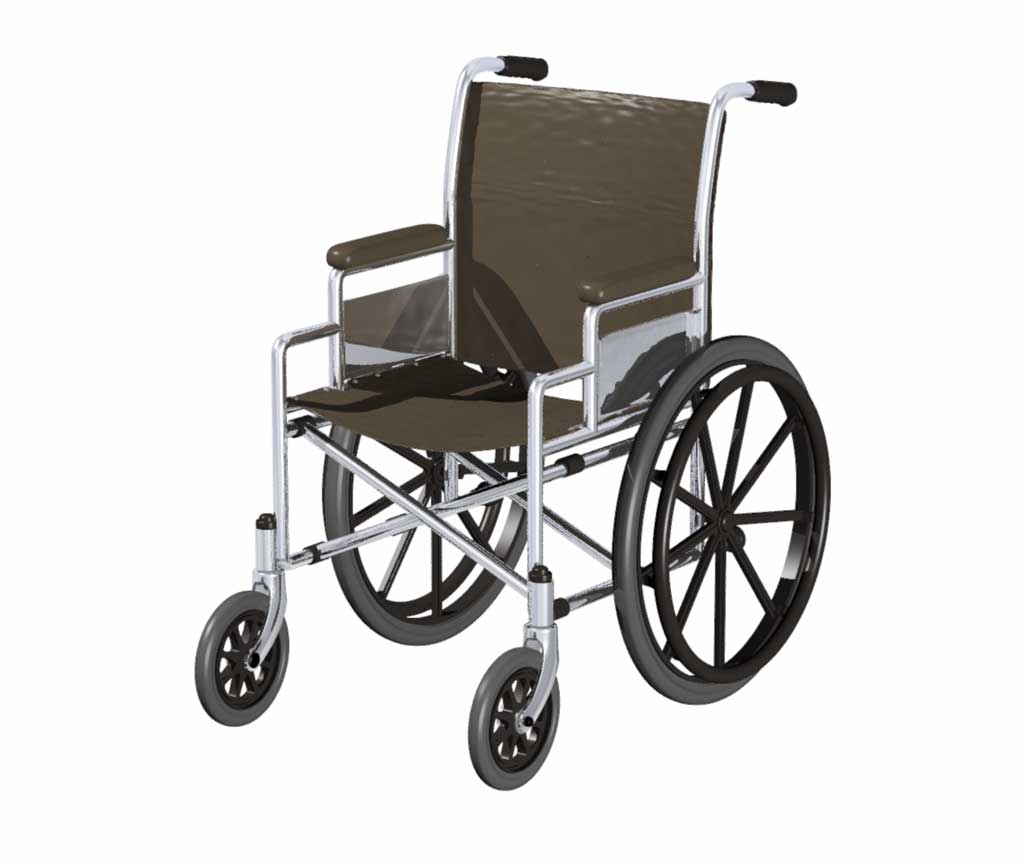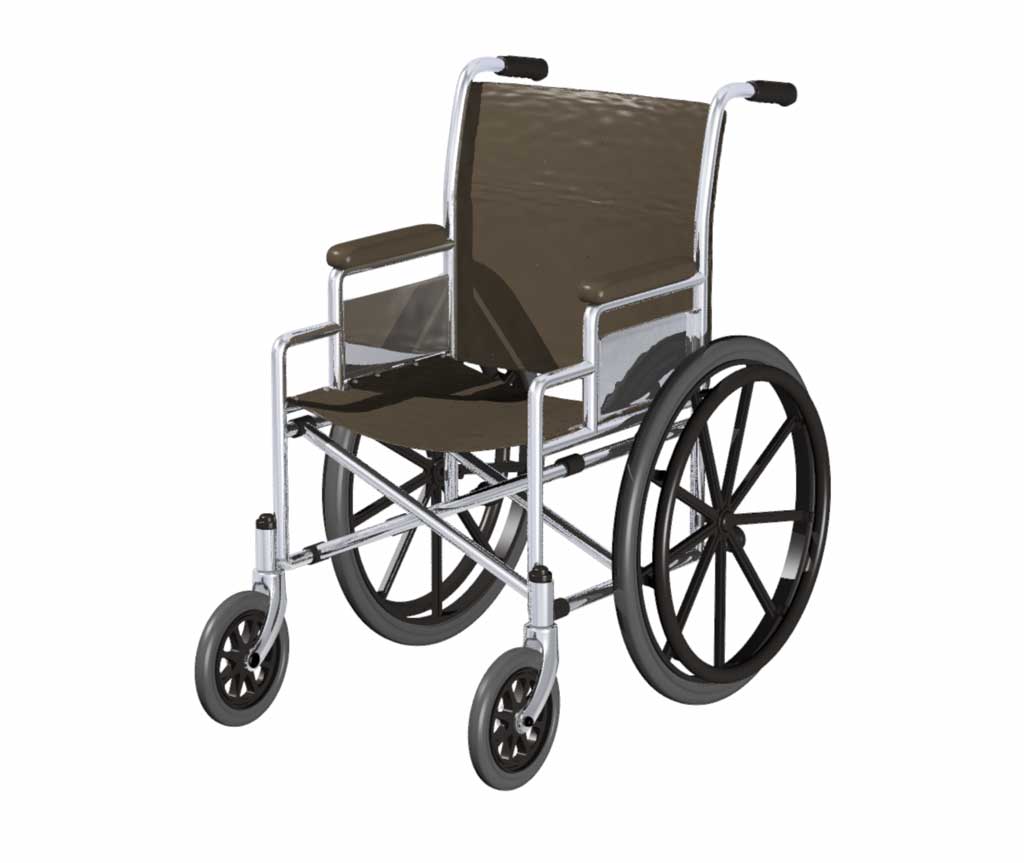WHEELCHAIR, collapsible
Valid Article
WHEELCHAIR
Definition
A wheeled personal mobility device that incorporates a seat-support system for a person without the full capacity to walk designed to be manually propelled and steered by an attendant who pushes with both hands on the handles of the wheelchair. The device may be folded for transport.
Synonym
passive wheelchair, attendant-driven wheelchair
Specifications
Quality standards
Quality Standards Comment
- Part 1: Determination of static stability
- Part 3: Determination of effectiveness of brakes
- Part 5: Determination of dimensions, mass and manoeuvring space
- Part 7: Measurement of seating and wheel dimensions
- Part 8: Requirements and test methods for static, impact and fatigue strengths
- Part 11: Test dummies
- Part 15: Requirements for information disclosure, documentation and labelling
- Part 16: Resistance to ignition of upholstered parts. Requirements and test methods
- Part 22: Set-up procedures
- Part 26: Vocabulary
- Part 30: Wheelchairs for changing occupant posture. Test methods and requirements
Technical specifications
- Wheelchair with 4 wheels and posterior handles
- Foldable
- Removable armrests
- Static brakes system to immobilize the chair
- With rocker lever
Size (width) of the seat: equal to the hip width of the patient + 2 cm, 42 cm is a common size to have in the wards/emergency rooms for a non-dedicated use.
Instructions for use
To be used by patients with reduced mobility.
The wheelchair is usually pushed by the caretakers or health staff or self-propelled (no need for hand rims on the big wheels).
MSF requirements
Mobility aid used in all types of contexts.





![[EPHYWHEC001] WHEELCHAIR CUSHION, memory foam, anatomical, 42x42x8cm](/web/image/product.template/573244/image_256/%5BEPHYWHEC001%5D%20WHEELCHAIR%20CUSHION%2C%20memory%20foam%2C%20anatomical%2C%2042x42x8cm?unique=ad6552d)
![[KMEDMHWE36-] (mod ward) PHYSIOTHERAPY, traumatology, 50 persons 2021](/web/image/product.template/574568/image_256/%5BKMEDMHWE36-%5D%20%28mod%20ward%29%20PHYSIOTHERAPY%2C%20traumatology%2C%2050%20persons%202021?unique=24f22d5)